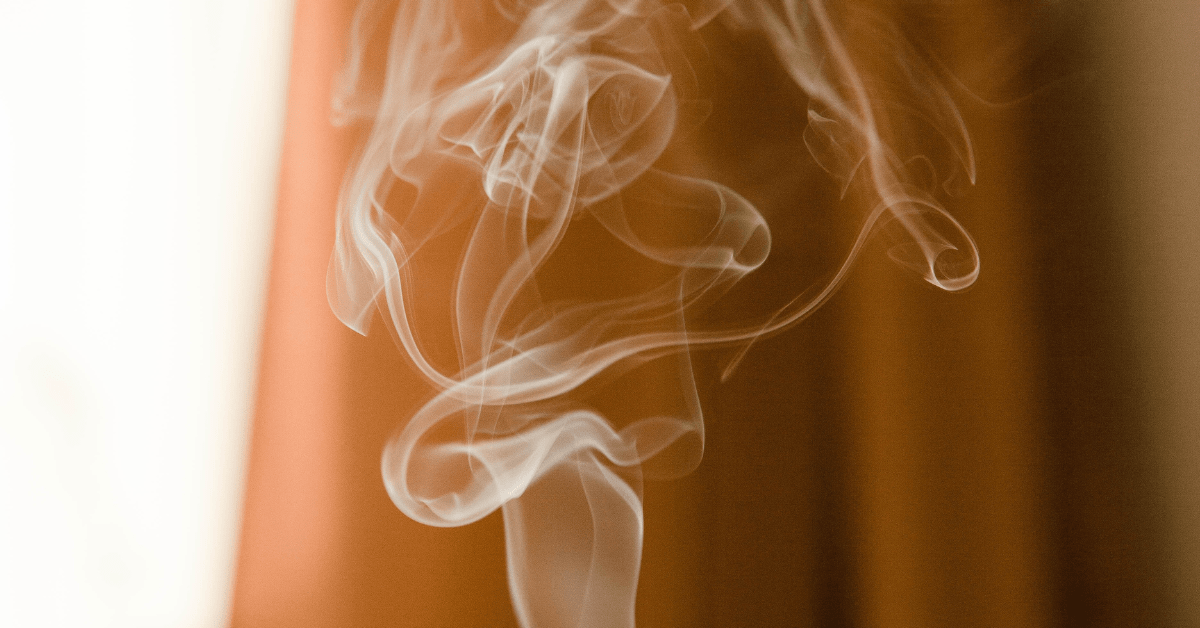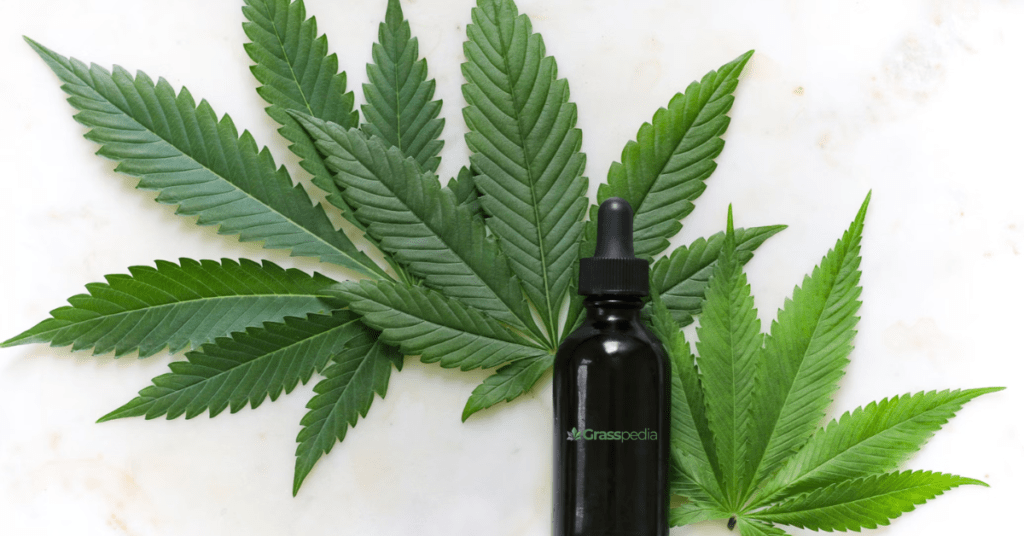And what you can do about it.
So, you’ve been enjoying your cannabis sessions, but lately… something feels off. That mellow high doesn’t hit quite like it used to. You’re rolling fatter joints, taking bigger hits, and still wondering, “Did it even work?”
If this sounds familiar, you might be dealing with something super common: weed tolerance.
Just like coffee drinkers need more caffeine over time, cannabis users can build up a tolerance, meaning your body gets used to THC and you need more of it to feel the same effects. But here’s the good news: tolerance isn’t permanent, and there are easy ways to reset and get back to feeling those familiar highs.
In this blog, we’re diving deep into what weed tolerance actually is, the tell-tale signs that it’s creeping up on you, and what you can do about it (spoiler: no, it doesn’t always mean quitting cold turkey).
What is weed tolerance?
Let’s break it down without the scientific jargon overload.
Weed tolerance is what happens when your body starts getting a little too comfortable with cannabis, specifically with THC, the primary psychoactive compound responsible for that signature high. The first few times you try cannabis, even a small amount can feel intense. But if you start consuming regularly, whether through joints, edibles, vapes, or oils, your body begins to adapt.
Here’s how it works on a biological level:
THC binds to something called CB1 receptors in your brain (these are part of your endocannabinoid system, the same system that regulates things like mood, appetite, and memory). These receptors are like tiny locks, and THC is the key. But if you keep using cannabis often, those locks start changing. They become less responsive or get downregulated, meaning there are fewer of them available for THC to activate. As a result, you need more THC to unlock the same effects.
Did you know?
A comprehensive 2023 review titled “Mechanisms of cannabinoid tolerance” (Biochemical Pharmacology, vol. 214) provides evidence that CB₁ receptors become desensitized and downregulated in both humans and rodents after repeated THC exposure.
It’s your brain’s way of saying, “I’ve seen this movie before. It doesn’t hit the same anymore.”
8 clear signs you’re building a tolerance to weed
1. You need more to feel the same
What once gave you a mellow buzz now barely tickles your brain. Maybe it used to take just a couple of puffs, but now you’re halfway through a joint (or more) before you start to feel anything. This is often the first and most obvious red flag that weed tolerance is creeping in. Your usual dosage just isn’t cutting it anymore.
2. Your high doesn’t last as long
You used to vibe for a solid 2-3 hours. Now? You blink, and the high’s gone. If you find yourself re-dosing often or lighting up again too soon, it’s because your system is metabolizing THC more efficiently than before. It’s not necessarily a bad thing as your body’s just doing what it’s trained to do. But it does mean your sessions don’t stretch like they used to.
3. Weaker effects, even with potent strains
You’ve upgraded to that 30% THC top-shelf flower or even tried a concentrate that looked like it came straight from a sci-fi lab… and yet, nothing. If even the strongest stuff barely moves the needle, your CB1 receptors may be so desensitized that even high-potency products feel average. You’re not imagining it; your weed tolerance is gatekeeping your high.
4. Chasing the high
You’re constantly smoking, vaping, or dabbing just to get a sliver of that old-school euphoric feeling. You may find yourself trying different cannabis strains, changing up methods, or timing your seshes to hit that sweet spot, but it’s elusive. This game of cat and mouse can become a frustrating cycle, where nothing quite compares to “how it used to feel.”
5. Less intense munchies or euphoria
Remember when everything tasted as if it came from heaven, and even lame jokes sent you into fits of laughter? Now your appetite’s flat, and your smile’s a polite “meh.” The mood-enhancing, appetite-stimulating magic of THC starts to dull as tolerance builds. It’s like your endocannabinoid system’s dimmer switch has been cranked way down.
6. You feel foggy, not high
Instead of feeling light, creative, or chill, you feel sluggish, spacey, or even a bit irritable. It’s not a clean high; it’s a muddy haze. This cloudy, low-energy state is a strong indicator that your brain isn’t responding with the same clarity it once did. Basically, you’re using cannabis at this time without really enjoying it.
7. You skip the ritual
The little things that made your sesh feel special, like picking the right playlist, setting up your space, maybe lighting incense or candles, now feel like chores. If the anticipation and ceremony of it all are fading, it could be a mental cue that the experience itself has become less rewarding, possibly due to overstimulation and… yep, rising tolerance.
8. You’re spending way more on weed
Weed used to last you a week. Now it barely gets you through the weekend. You’re restocking more often, maybe trying different products to feel something again, and your wallet’s taking the hit. If your cannabis budget keeps ballooning, it’s not just the prices; it’s your body asking for more THC just to meet your new baseline.
Why does weed tolerance build so fast?
Cannabis, specifically THC (tetrahydrocannabinol), works by interacting with your endocannabinoid system, a network of receptors in your brain and body that helps regulate mood, sleep, appetite, memory, and more. The star of the show here would be the CB1 receptors, found mainly in your brain.
Here’s what goes down:
1. CB1 receptors get overstimulated
When you consume cannabis, THC binds to these CB1 receptors like a key fitting into a lock. This creates the euphoric, relaxing, or mentally stimulating effects you love. But if you’re hitting those receptors with THC too often (hello daily smoke sesh), your brain’s like, “Whoa. This is a lot.”
2. The body starts to dial things down
To protect itself from overstimulation, your body goes into “cool it” mode. It starts reducing the sensitivity and availability of CB1 receptors. Some get downregulated (meaning they’re less responsive), and others might temporarily disappear altogether. Fewer receptors = less effect, even with the same dose.
3. You need more THC to get the same feeling
Now that your brain isn’t responding the way it used to, you naturally up your dosage, more hits, stronger strains, or more frequent use, just to feel something. It’s a cycle: more THC leads to more desensitization, and the tolerance keeps building.
It’s kind of like caffeine or alcohol
Ever noticed how your first-ever cup of coffee made you feel wired, but now it takes two just to function? Or how one beer used to get you buzzed, but now you need three? Same principle here. Your body’s trying to find balance (aka homeostasis) and adjusts how it reacts to frequent exposure.
The bottom line: your system’s not broken, it’s just adapting like it’s supposed to. But the good news? You can reset it (we’ll get into that soon).
How to lower your weed tolerance (without suffering)
1. Take a T-break (tolerance break)
The OG reset method. A T-break (short for tolerance break) means pausing cannabis consumption for a set period of time so your brain’s CB1 receptors can recover and regain sensitivity.
- Light users? 3-7 days can do the trick.
- Daily/heavy users? Aim for 2 weeks or more.
The first few days may be a little meh, think low appetite, weird dreams, and irritability. But hang in there, your receptors will thank you.
Weed tolerance break chart
| Day | What’s happening in your body | What you might feel | Tips to get through it |
|---|---|---|---|
| Day 1 | THC levels start to drop. Your CB1 receptors begin to reset. | Cravings, irritability, restlessness. | Stay hydrated. Distract with hobbies, light exercise, or snacks. Avoid triggers. |
| Day 2-3 | CB1 receptors continue desensitization reversal. Endocannabinoid system starts balancing. | Possible mood swings, sleep issues. | Try melatonin or calming tea. Journaling or mindfulness helps. Stay busy. |
| Day 4-6 | Brain function begins to normalize. THC is mostly cleared (if you’re a light/moderate user). | Clearer thinking, better sleep, reduced cravings. | Keep up healthy habits. Light cardio and good sleep = faster recovery. |
| Day 7 | Major improvements in CB1 receptor responsiveness. | More natural dopamine response, lighter mood. | Reflect on progress. This is a great reset point for many users. |
| Day 8-14 (optional) | Deep receptor reset. Great for heavy users. | Feeling more “sober” and refreshed. | Set intention for mindful use when restarting. Consider journaling effects post-break. |
2. Microdose instead of megadose
Think of this as portion control for your buzz. Instead of packing a fat bowl or wolfing down a 100mg edible, start small. Like, really small.
- A microdose is typically 1-2.5mg of THC. Just enough to give your endocannabinoid system a nudge without frying it.
- It’s perfect for mellow focus, creativity, or easing anxiety, and helps retrain your body to feel more with less.
The idea? Less is more. And your tolerance stays in check.
3. Switch up your strains
You’d get bored eating the same meal every day, right? The same logic applies to cannabis.
- Try strains with a different THC-to-CBD ratio. CBD can mellow out the high and work in harmony with THC to produce different effects.
- Consider minor cannabinoids like CBG, THCV, or CBC, which interact with your system differently and may help “reset” how your body processes weed.
Changing strains = changing the chemical conversation in your body.
4. Try other methods
Not all highs are created equal, and not all methods hit the same.
- Smoking blunt hits fast and hard
- Edibles take longer, last longer, and go through your liver
- Tinctures are more controlled and sublingual (under the tongue)
- Topicals don’t get you high but help with localized relief
- Vapes can be more efficient, but should still be used in moderation
Rotating between these methods reduces the chance of overstimulating the same pathways repeatedly. Think of it like cross-training for your endocannabinoid system.
You may need to read this as well one you’ve successfully lowered your weed tolerance: 9 Things To Do If You’re Too High
Bonus tip: listen to your body
If cannabis isn’t hitting the same, don’t just chase the high. Use this time to reflect on how and why you’re using it. Maybe your body needs a break, or maybe it’s time to explore new ways to enjoy the plant.
Weed tolerance is normal, but that doesn’t mean you have to settle for mediocre experiences. Recognizing the signs early helps you take control of your cannabis consumption, making it more enjoyable, mindful, and sustainable in the long run.
So next time you light up, ask yourself: “Am I really enjoying this, or just going through the motions?”
A little awareness goes a long way, and sometimes, a short break can bring back the magic.


